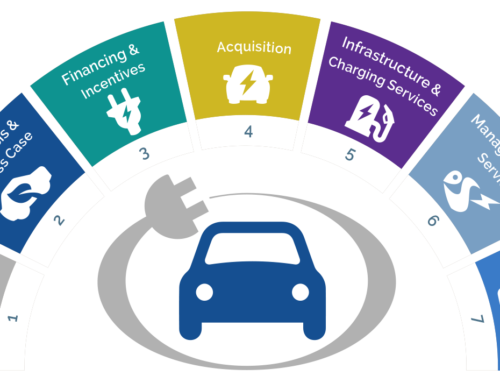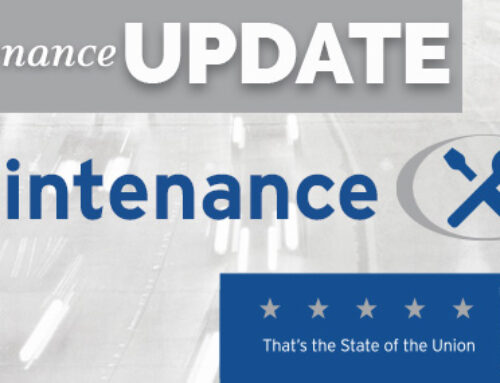![]()
The National Safety Council (NSC) noted that, in 2017, the number of U.S. vehicle deaths topped 40,000, meaning traffic deaths remain a public health crisis. In light of this year’s Distracted Driving Awareness Month, we want to highlight some of the dangers of distracted driving and provide some tips around promoting safe driving for companies managing vehicle fleets.
Data collected and analyzed over the past 10 years shows that distracted driving is the root cause of 87% of motor vehicle crashes. This number is concerning despite some of the safety features manufacturers are now adding to vehicles, like the lane departure warning system, pedestrian detection, cruise control, and more. So it’s becoming even clearer that companies managing fleets are responsible for helping raise awareness about the dangers of distracted driving and reminding their drivers that these accidents are in fact preventable.
Here are three tips that can help you make this matter top of mind for your drivers.
1. Communicate the causes of distracted driving to your drivers
Raising awareness about what exactly distracted driving entails is the first step to helping overcome it in your fleet. Some of the most common distractions among drivers are:
- Holding a cell phone, or using technology while driving
- Lack of sleep
- Mind wandering
- Eating or drinking while driving
Distractions like these (and more) really do prevent the driver from focusing 100% on the road, so strongly encourage your drivers to avoid any of these distractions. You can do this by sending out email blasts early in the morning, for example, or by including some form of signage on vehicle dashboards to remind drivers to remain hands free (and interruption free, too!).
2. Encourage drivers taking new routes to navigate them ahead of time
Distracted driving also includes the lack of focus that comes with driving through an unfamiliar route or glancing at a GPS system. Encourage your drivers to familiarize themselves with new routes ahead of time, in preparation for the actual journey (especially if it’s a long drive!). To do this, they can easily use GPS technology or online maps to acquaint themselves with unfamiliar street names or side roads.
3. Set some time aside for drivers’ rest time and breaks
When creating driver schedules, pencil in some time for breaks. This will encourage them to get enough rest, and fuel up with food and drinks so they are energized enough to continue driving. This is even more important for those taking longer journeys. Be sure to enforce some kind of policy around rest time for long-haul drivers, and consider tracking that time to flag any journeys where drivers haven’t stopped. This will at least keep the issue top of mind for your drivers, reminding them that drowsy driving also means distracted driving!
In the end, remember that keeping a close eye on your drivers’ well-being is just as important as implementing a no-cell-phones policy. There are plenty of resources available to help you create an environment that encourages drivers to stay focused on the road. For example, the NSC has a “Cell Phone Policy Kit” available at no cost on its website that helps fleet managers create their own policy around banning the use of cell phones while driving.
You can also encourage your drivers to take the NSC’s Distracted Driving Online course that aims to change drivers’ behavior and attitudes about distracted driving, helping you lower liability risks and the costs associated with vehicle collisions. And don’t forget to use their checklist to ensure you’re on the right track with raising awareness about the dangers of distracted driving!





